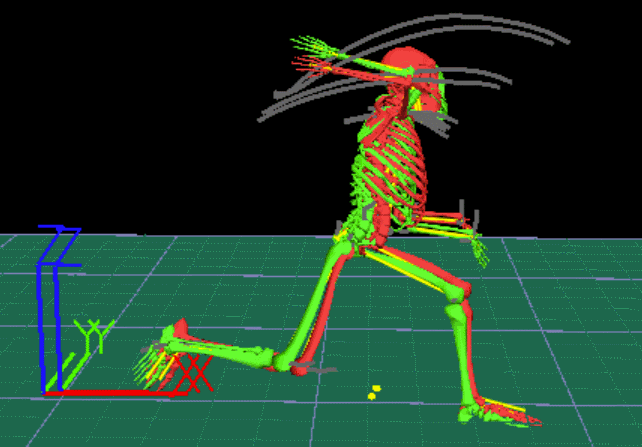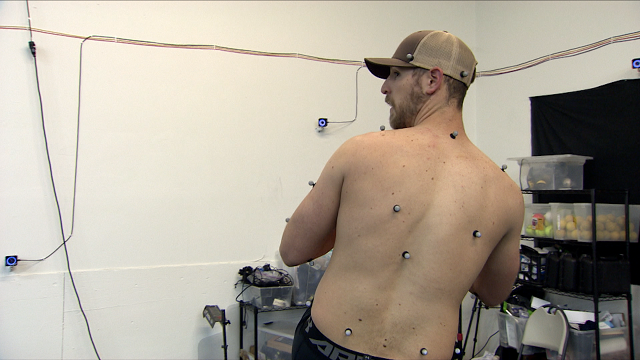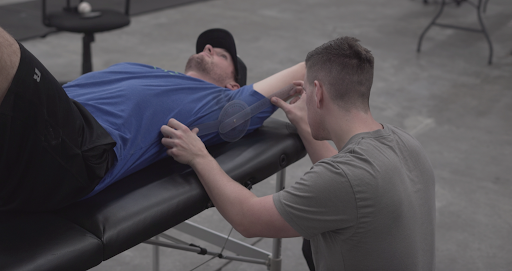Improving Durability of Pitchers Using a Biomechanics Lab

A pro pitcher recently reached out to me to discuss our program and whether or not it was right for him. He was worried that due to his arm action – and history of injuries – that adding load via weighted baseballs and/or Plyo Ball ® could make him more susceptible to injury. On the other hand, though, this pitcher is very accomplished and considered a pretty good minor league prospect and doesn’t want to make gross changes to his mechanics since he’s already pretty successful.
I told him that it was a great question and a conundrum many great pitchers face – you want to get better, but you don’t want to negatively impact the things you already do well. It’s especially thorny when you are talking about durability or potentially reducing the chance of injury – it doesn’t help if you become more durable but you stop getting people out!
Fortunately our training can be scaled up and down depending on the level of change you’re looking to make. A few examples from least aggressive change to most aggressive changes (focusing on durability, velocity, and overall throwing efficiency here) could look like:
- Free agent minor leaguer
- Organizational pitcher
- Mid-level prospect
- Solid prospect
- Elite prospect
- Up-and-down MLB pitcher
- Average MLB pitcher
- Elite MLB pitcher
The free agent minor league pitcher should be willing to take on more risk to potentially attain more reward. The Elite MLB Pitcher, on the other hand, would be a fool to expose himself to significant risk – the rewards are simply not worth it!
For the pro who wrote in, he falls between Solid and Elite prospect in the minor leagues, with a snag – he has an injury history and an unorthodox arm action. How would we approach this? It is important to take into account the person’s feelings as well – no matter what we think about the player, he’s a human being with a history of pitching at high levels and feelings about his career! In this case, the pro is interested in the work we do as told to him by other Elite prospects he hangs out with, but still naturally skeptical about doing anything different. There’s nothing wrong with this; in fact, that’s great! This pitcher is taking his career into his own hands and thinking critically about training.
Non-Invasive Durability Focused Training
We start all of our athletes off with a comprehensive assessment process which includes:
- Motion capture / biomechanics screening in our precise marker-based lab with 20+ cameras
- Strength and power assessment using velocity-based training and Keiser Fitness equipment
- Physical therapy and skill-based manual screening from qualified experts like our on-staff DPT
- Pitch profiling and skill analysis using Trackman / Rapsodo and high-speed video shot from our Edgertronic cameras
From the data we receive and put into TRAQ, our internal tools package that powers both Remote Training and tracks everything at Driveline, we have automated insights on how we can improve both performance and durability through a variety of means. An expert trainer sits down with the athlete and goes over the data, insights, and the path that makes the most sense given where the athlete is in his career. This is the part where computers cannot reliably replace humans – expert coaching is still required to get the most out of the data.
For an athlete who is looking to get better but not do anything “crazy,” we would keep the volume and intensity low and focus around lower-skilled drills while monitoring output over time. Through our new biomechanical pipeline developed by our R&D department, we process nearly 200+ variables automatically and come up with profiles to target the highest risk-reward items using our Athlete Typing initiatives using advanced clustering and statistical analysis principles.
We may assign a bunch of corrective exercises, heavy throwing drills at low speeds, force acceptance work, breathing patterning, recommend manual therapy techniques, improving specific power outputs – the list goes on and on. The power of TRAQ and our clustering algorithms at Driveline Baseball and Driveline Research means our coaches work faster, more efficiently, and give athletes targeted programming that is more specific to their needs with less guessing.
Over time, we can monitor our Efficiency metric, which calculates your ball velocity as a function of a combination of torques and injury predictors we have in our system. From the kinetic loads we get, we can tell if you are producing velocity more or less efficiently than before, and where we should take the training next. Forward Dynamics Analysis will eventually let us get even more precise here with soft tissue injury projection – something Driveline Research is working on every day in the labs.
This article was written by Kyle Boddy – Founder and Director of R&D.


Comment section